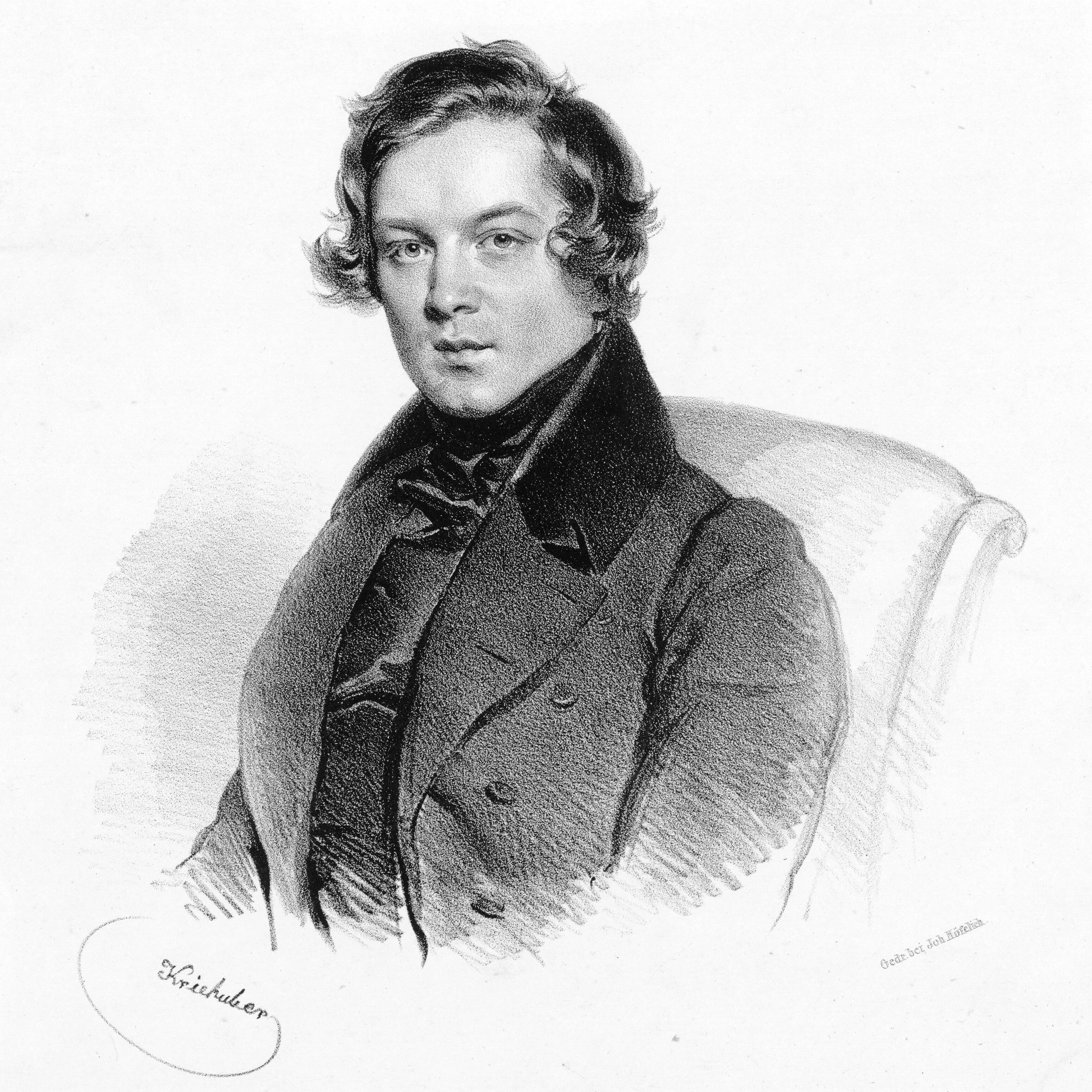
Carnaval (Schumann)
Carnaval, Op. 9, is a work by Robert Schumann for piano solo, written in 1834–1835 and subtitled Scènes mignonnes sur quatre notes (Little Scenes on Four Notes). It consists of 21 short pieces representing masked revelers at Carnival, a festival before Lent. Schumann gives musical expression to himself, his friends and colleagues, and characters from improvised Italian comedy (commedia dell'arte). He dedicated the work to the violinist Karol Lipiński.
Carnaval
Carnaval had its origin in a set of variations on a Sehnsuchtswalzer by Franz Schubert, whose music Schumann had discovered only in 1827. The catalyst for writing the variations may have been a work for piano and orchestra by Schumann's close friend Ludwig Schuncke, a set of variations on the same Schubert theme. Schumann felt that Schuncke's heroic treatment was an inappropriate reflection of the tender nature of the Schubert piece, so he set out to approach his variations in a more intimate way, working on them in 1833 and 1834.
Schumann's work was never completed, however, and Schuncke died in December 1834, but he did re-use the opening 24 measures for the opening of Carnaval. Pianist Andreas Boyde has since reconstructed the original set of variations from Schumann's manuscript (published by Hofmeister Musikverlag), premiered this reconstruction in New York and recorded it for Athene Records.[1] Romanian pianist Herbert Schuch has also recorded this reconstruction, with his own editorial emendations, for the Oehms Classics label.[2]
The 21 pieces are connected by a recurring motif. The four notes are encoded puzzles, and Schumann predicted that "deciphering my masked ball will be a real game for you."[3] In each section of Carnaval there appears one or both of two series of musical notes. These are musical cryptograms, as follows:
The first two spell the German name for the town of Asch (now Aš in the Czech Republic), in which Schumann's then fiancée, Ernestine von Fricken, was born.[4] The sequence of letters also appears in the German word Fasching, meaning carnival. In addition, Asch is German for "Ash", as in Ash Wednesday, the first day of Lent. Lastly, it encodes a version of the composer's name, Robert Alexander Schumann. The third series, S–C–H–A, encodes the composer's name again with the musical letters appearing in Schumann, in their correct order.
Heinz Dill has mentioned Schumann's use of musical quotes and codes in this work.[5] Eric Sams has discussed literary allusions in the work, such as to novels of Jean Paul.[6]
In Carnaval, Schumann goes further musically than in Papillons, Op. 2, for he himself conceives the story for which it serves as a musical illustration. Each piece has a title, and the work as a whole is a musical representation of an elaborate and imaginative masked ball during carnival season.[7] Carnaval remains famous for its resplendent chordal passages and its use of rhythmic displacement and has long been a staple of the pianist's repertoire.
Both Schumann and his wife Clara considered his solo piano works too difficult for the general public. (Frédéric Chopin is reported to have said that Carnaval was not music at all.[8] Chopin did not warm to Schumann on the two occasions they met briefly and had a generally low opinion of his music.) Consequently, the works for solo piano were rarely performed in public during Schumann's lifetime, although Franz Liszt performed selections from Carnaval in Leipzig in March 1840, omitting certain movements with Schumann's consent. Six months after Schumann's death, Liszt would write to Wilhelm Joseph von Wasielewski, Schumann's future biographer, that Carnaval was a work "that will assume its natural place in the public eye alongside Beethoven's Diabelli Variations, which in my opinion it even surpasses in melodic invention and conciseness".[9]
Orchestrations[edit]
In 1910, Michel Fokine choreographed Carnaval for a production by Sergei Diaghilev's Ballets Russes, with orchestration written collaboratively by Alexander Glazunov, Nikolai Rimsky-Korsakov, Anatoly Lyadov and Alexander Tcherepnin.
Among others who have orchestrated Carnaval are Maurice Ravel (1914)[16] and Giampaolo Testoni (1995).[17]